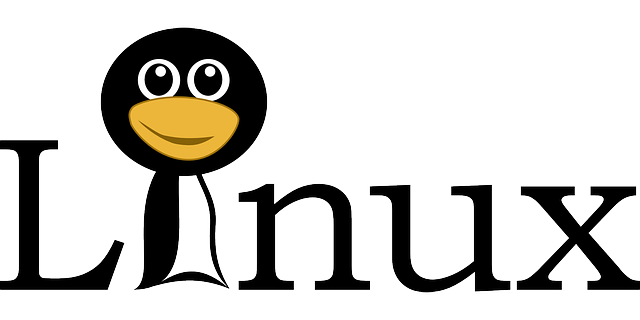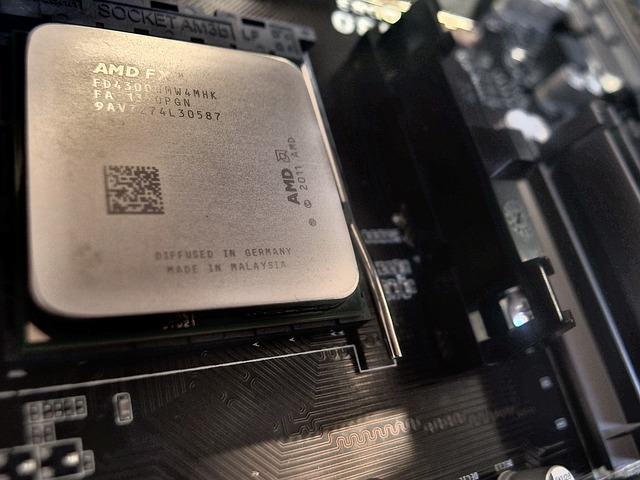Patient Information Systems (PIS) on Linux are revolutionizing healthcare data management by enhancing security and compatibility across various devices and operating systems, including Windows, macOS, iOS, and Android. This integration allows healthcare professionals to access and update patient records in real-time from any device, promoting efficient, secure, and interoperable data handling. The open-source nature of Linux facilitates an inclusive ecosystem that encourages innovation, collaboration, and cost reduction within the healthcare sector. It positions healthcare organizations to swiftly adapt to technological advancements, ensuring sustained effectiveness in patient care amidst a rapidly evolving landscape. Additionally, Linux-based PIS implement robust security measures like user authentication, regular updates, encryption, data integrity checks, and compliance with industry standards to safeguard sensitive health information. This approach leverages the strengths of open-source platforms to enhance efficiency, adaptability, and security in managing patient data across a multitude of devices.
In an era where healthcare data is ubiquitous, ensuring its seamless accessibility across a myriad of devices is paramount. This article delves into the critical aspects of cross-platform compatibility for patient information systems on Linux, particularly focusing on their integration with diverse devices. We explore the pivotal role of open-source platforms in fostering harmony within healthcare data management. Navigating the intricate challenges of maintaining data integrity and security across multiple operating systems and devices is a complex endeavor, one that demands a strategic approach and adherence to best practices. Join us as we traverse the landscape of Linux-based patient information systems and their cross-device compatibility, ensuring the secure and efficient flow of vital health data.
- Cross-Platform Compatibility: Integrating Patient Information Systems on Linux with Diverse Devices
- The Role of Open-Source Platforms in Achieving Cross-Device Harmony for Healthcare Data
- Navigating the Challenges: Ensuring Seamless Access to Patient Information Across Varied Operating Systems and Devices
- Best Practices for Maintaining Data Integrity and Security in Linux-Based Patient Information Systems Across Multiple Platforms
Cross-Platform Compatibility: Integrating Patient Information Systems on Linux with Diverse Devices

In the realm of healthcare, patient information systems play a pivotal role in maintaining and managing patient records, treatment histories, and other critical health data. As technology evolves, there is an increasing need for these systems to be accessible across various devices and platforms to ensure seamless integration and real-time data availability. A significant advancement in this area is the integration of Patient Information Systems (PIS) with Linux environments, a move that expands compatibility beyond the traditional operating systems. Linux, known for its robustness and security features, has become an attractive platform for healthcare providers seeking to safeguard patient information. To achieve cross-platform compatibility, these systems are designed with interoperability in mind, leveraging standardized data formats and communication protocols that facilitate interaction with diverse devices, from desktops to mobile phones. This ensures that healthcare professionals can access and update patient records regardless of the device they are using, be it Windows, macOS, iOS, or Android, all while maintaining the integrity and confidentiality of sensitive health data.
Furthermore, the integration of PIS with Linux on diverse devices is a step towards a more inclusive and versatile healthcare ecosystem. It addresses the challenge of heterogeneity by providing a unified platform for data management that can handle disparate data inputs from various medical devices and software applications. The adoption of open-source solutions in healthcare not only promotes innovation and collaboration but also reduces costs associated with proprietary systems. With Linux-based PIS, healthcare organizations can future-proof their information systems, ready to accommodate emerging technologies and the changing landscape of healthcare delivery. This integration is a testament to the adaptability and efficiency of open-source platforms in critical industries, ensuring that patient care remains at the forefront of technological advancements.
The Role of Open-Source Platforms in Achieving Cross-Device Harmony for Healthcare Data

In the realm of healthcare, the integrity and accessibility of patient information are paramount. The adoption of Open-Source Platforms has emerged as a pivotal strategy in fostering cross-device harmony for managing healthcare data. These platforms offer a robust foundation for Patient Information Systems (PIS) on Linux, which can be tailored to meet the diverse needs of healthcare providers without the constraints of proprietary software. The open-source nature of these platforms ensures that patient information systems can operate seamlessly across different devices and operating systems, from desktop computers running Linux to mobile devices with various OSes. This interoperability is crucial for real-time data access and decision-making processes in healthcare settings, where up-to-date patient information can significantly influence treatment outcomes. The open-source ethos not only promotes collaborative development and continuous improvement but also allows for the integration of cutting-edge technologies such as AI and machine learning to enhance the functionality and security of these systems. As a result, healthcare institutions can leverage the versatility and reliability of Linux-based PIS to provide consistent and secure patient data management across all devices, thereby improving patient care and operational efficiency.
The transition to open-source solutions in healthcare also addresses concerns related to vendor lock-in, where reliance on a single proprietary system can limit customization and scalability. By choosing open-source Patient Information Systems with Linux, healthcare organizations can enjoy greater flexibility and ownership over their data infrastructure. This choice empowers them to adapt quickly to changing technological landscapes, integrate with other systems without compatibility issues, and ensure the highest level of data protection and privacy compliance. The open-source community’s vast knowledge base and rapid development cycles further support these systems, ensuring that healthcare providers have access to the most advanced and secure data management tools available today. This commitment to open standards and community collaboration is a step towards a future where patient information is consistently managed across all devices, irrespective of their platform or manufacturer.
Navigating the Challenges: Ensuring Seamless Access to Patient Information Across Varied Operating Systems and Devices

In today’s interconnected world, healthcare providers are tasked with ensuring seamless access to patient information systems across a myriad of operating systems and devices. This challenge is magnified in environments where Linux-based systems are prevalent, as they often differ from the more commonly used Windows or macOS platforms. The integration of Patient Information Systems (PIS) with Linux necessitates a robust cross-platform compatibility strategy that can bridge the gap between different technical ecosystems without compromising on security or data integrity. Developers and IT professionals must meticulously design software interfaces that are both versatile and resilient, capable of functioning optimally on diverse hardware configurations ranging from high-end workstations to mobile devices. This requires a deep understanding of the nuances of each platform, including user interface considerations, file system compatibility, and network protocol support. By adopting industry standards and employing virtualization or containerization techniques, healthcare organizations can ensure that patient data is accessible and secure regardless of the end-user’s device or operating system preference.
The transition to Linux-based PIS is not without its hurdles; it demands a commitment to maintaining interoperability while addressing the unique requirements of healthcare workflows. The goal is to provide healthcare professionals with immediate, secure, and reliable access to patient data, enabling informed decision-making at the point of care. To achieve this, organizations must invest in scalable solutions that can adapt to evolving technological landscapes. This involves rigorous testing across different platforms, continuous monitoring for compatibility issues, and regular updates to maintain the highest levels of performance and security. By overcoming these technical barriers, healthcare providers can enhance patient care and operational efficiency through the seamless integration of Linux-based Patient Information Systems with diverse devices and operating systems.
Best Practices for Maintaining Data Integrity and Security in Linux-Based Patient Information Systems Across Multiple Platforms

Ensuring data integrity and security in Linux-based Patient Information Systems (PIS) across multiple platforms is paramount for healthcare organizations. To maintain robust security postures, it is essential to implement consistent user authentication mechanisms across all devices. Utilizing role-based access control (RBAC) and adhering to the principle of least privilege can significantly mitigate unauthorized data exposure risks. Regular updates and patches should be systematically applied to both server and client software to safeguard against vulnerabilities. Additionally, employing encryption for data at rest and in transit is a critical best practice to protect patient information from interception or tampering.
Data integrity within these systems can be maintained by implementing checksums and hash functions to verify data authenticity during storage and transfer. Employing version control systems for software updates and changes further ensures that only authorized modifications are made to the system, with a clear audit trail. Regular security audits and compliance checks against industry standards such as HIPAA and GDPR should be conducted to ensure ongoing adherence to legal and ethical data handling requirements. Implementing these best practices in a Linux-based PIS enhances cross-platform compatibility and supports the delivery of secure, reliable patient care.
In conclusion, the integration of Patient Information Systems with Linux into a diverse ecosystem of devices presents unique challenges that necessitate innovative solutions. By leveraging open-source platforms and adhering to stringent data integrity and security protocols, healthcare providers can ensure seamless access and cross-platform compatibility. The strategies outlined in this article underscore the importance of a unified approach to managing patient data, transcending the constraints of specific operating systems or hardware. As technology continues to advance, these best practices will become increasingly critical in safeguarding patient privacy and maintaining the integrity of healthcare information, paving the way for a more connected and efficient health system.


























